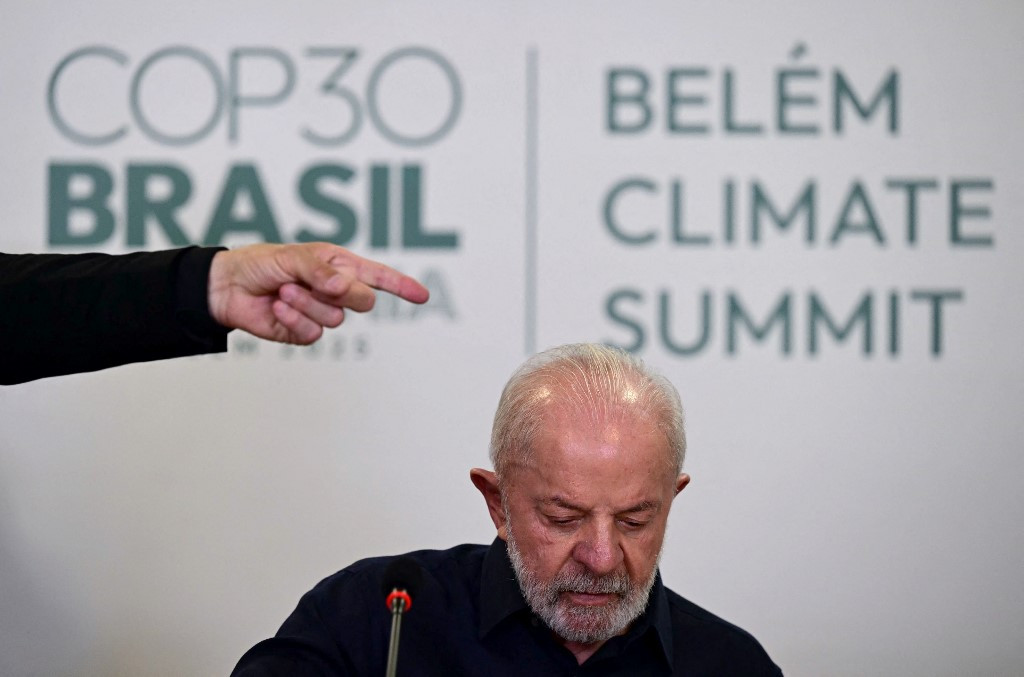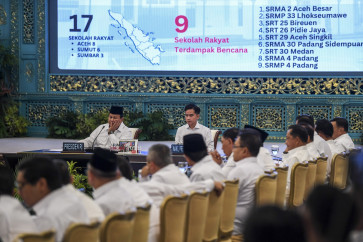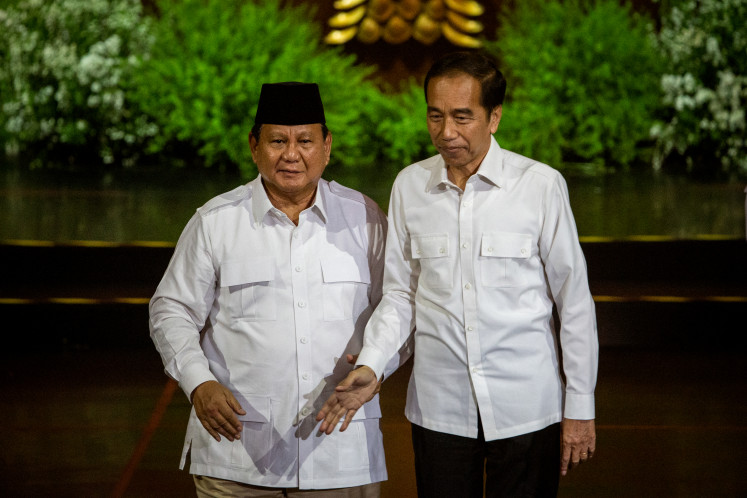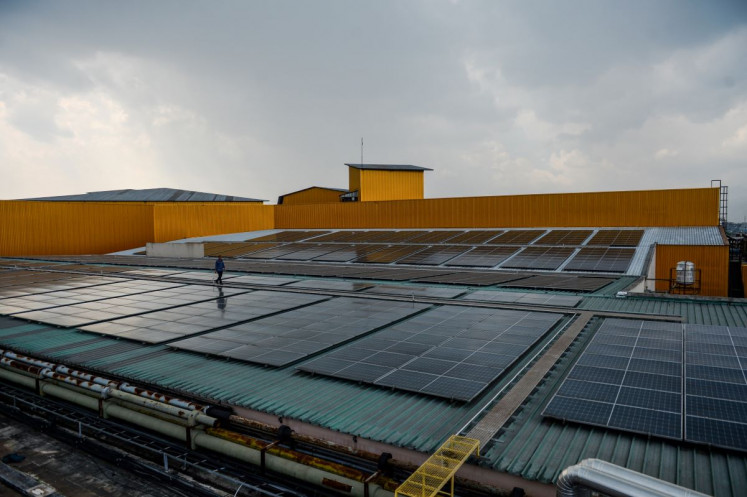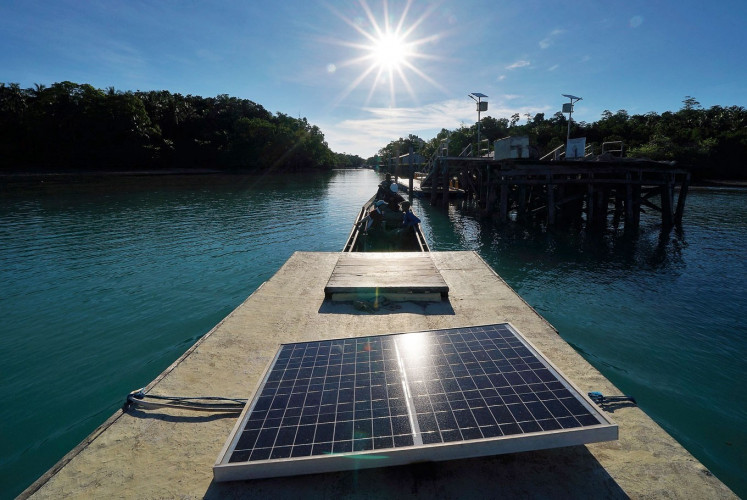Popular Reads
Top Results
Can't find what you're looking for?
View all search resultsPopular Reads
Top Results
Can't find what you're looking for?
View all search resultsIt’s time to reform the climate summit
Over the past three decades, climate conferences have grown too large to function effectively.
Change text size
Gift Premium Articles
to Anyone
T
he annual climate summit is once again on the horizon now. From Nov. 10 to 21, the Conference of the Parties to the United Nations Framework Convention on Climate Change (COP-UNFCCC) will take place in Belém, Brazil. This marks the 30th COP meeting, meaning that the UNFCCC process has now spanned three decades since the very first COP held in Berlin 30 years ago.
Of course, several important milestones have been achieved over the years. Yet, unfortunately, the climate crisis persists. In reality, over the past three decades, the climate conferences have grown too large to function effectively.
The COP meetings have expanded organically, without clear direction. The number of participants has risen dramatically: from fewer than a thousand at COP-1 in Berlin (1995), about 10,000 at COP-3 in Kyoto (1997), 25,000 at COP-10 in Copenhagen (2009), 30,000 at COP-15 in Paris (2015) and to a staggering 60,000 at COP-28 in Dubai (2023). Indonesia itself once hosted COP-13 in Bali (2007), attended by around 20,000 participants.
During its three decades of existence, the COP-UNFCCC process has produced at least three major milestones. The first one was the Kyoto Protocol (KP), adopted at COP-3 in Kyoto, Japan (1997). The KP required developed countries (Annex I) to reduce their greenhouse gas (GHG) emissions to prevent global temperature rise, while developing countries (Non-Annex I) were only required to act voluntarily according to their capacities, reflecting the principle of Common But Differentiated Responsibilities (CBDR).
The second milestone was the Bali Action Plan (BAP), agreed at COP-13 in Bali (2007). The BAP laid the foundation for global climate action through three key pillars: Mitigation, Adaptation and Means of Implementation (covering finance, technology transfer and capacity building).
The third was the Paris Agreement (PA), adopted at COP-21 in Paris (2015). Unlike the Kyoto Protocol, the Paris Agreement requires all countries, developed and developing alike, to reduce their emissions. The rationale is simple: global emission reductions will not be sufficient to limit temperature rise below 1.5°C to 2°C if only developed nations act.
Despite the growing participation and visibility of COP, progress has often been slow. The meetings are bogged down by overcrowded agendas, massive participation and the diverse social and economic backgrounds of negotiators. The logistical demands of hosting such a large event often outweigh the tangible outcomes expected by participating nations.

